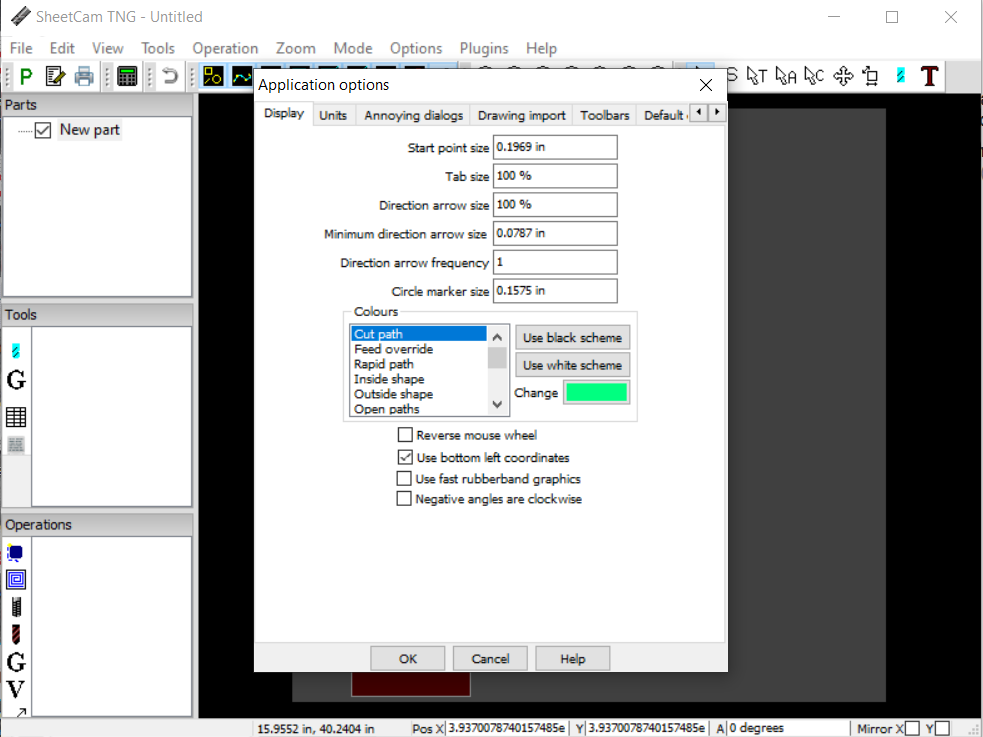
has over 600 post processors written for PTC customers using AustinNC's Gpost software. Elinde NX için hazırlanan M70 post processor olan varsa yardımlarını bekliyorum.
SHEETCAM FOR FREE SERIES
SHEETCAM FOR FREE TV
anyone not confused by all that please take over and set us all straight.Mitsubishi m80 post processor Last night I heard a bang like an M80, and the TV turned off.
SHEETCAM FOR FREE SOFTWARE
The bottom line is that - in sheetcam or any other CAM software - your mileage will vary with different images in different formats in different software - the only way to know what works best is to test every option and never assume that what might work in one case will work the same in all cases.Įven though SignTorch files and formats are very very consistent - so every file and format is the same and should come out the same in every CAM application that supports that format - that is not always the case - even if they were perfect - there would still be problems - because various combinations of software and image formats are not perfect. Ironically if we import the previous segmented DXF into sheetcam - it comes out as good or better than SVG The DXF come out terrible because in this case it was an R14 DXF from inkscape which contains splines - which sheetcam obviously misinterprets in some places for some reason - and many CAM programs don't even do that good or don't accept splines at all - or some programs digitize splines into many tiny line segments - that only works if your machine has constant velocity and high acceleration

The SVG has bezier curves - sheetcam has to convert that to arcs - accurate to within some finite error tolerance - because bezier curves cannot form perfect arcs - so there will always be some deviation - and sometimes there will be small but outright inaccuracies The SignTorch DXF works because it has tangent continuous arcs that are ideal for CNC purposes which sheetcam can use as is Some DXF files might work better than SVG, like SignTorch DXF files use R12 polylines with arcs, those import to sheetcam perfectly - in that case you should use DXF - in which case you have to use sheetcam scale factor to size the DXF and you have to cut it as is because you can't really edit vectors in sheetamīut some DXF files, like if the format is R14 or greater and the DXF contains splines, like if exported from corel draw or inkscape or most ordinary vector graphics applications - then sheetcam doesn't handle splines very well at all and there will usually be some places that just don't come out right - in which case it's better to not use DXF - most of those applications also export SVGĪnd, in sheetcam, even SVG format doesn't seem to import perfectly, but SVG usually comes out better than the equivalent DXFĪnd here is what all of the above is supposed to look like

In sheetcam you can import SVG files, so you don't have to use DXF

First, the golden rule for vector graphics is NEVER USE DXF UNLESS YOU HAVE TO OR WHEN YOU "KNOW" IT WORKS BETTER (for some reason)


 0 kommentar(er)
0 kommentar(er)
